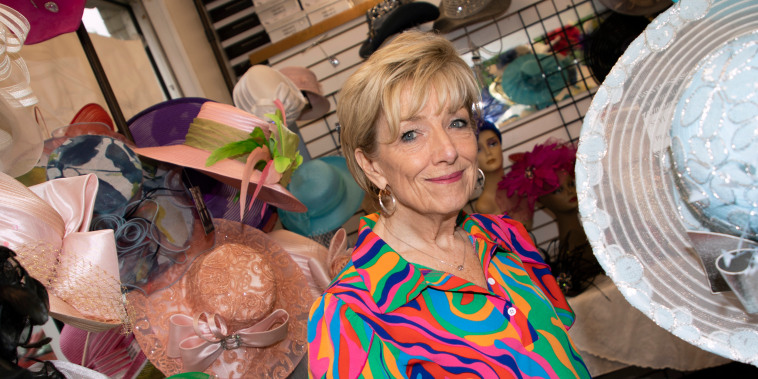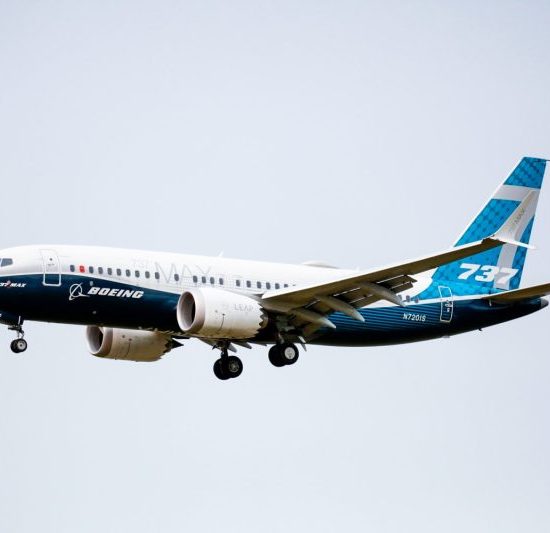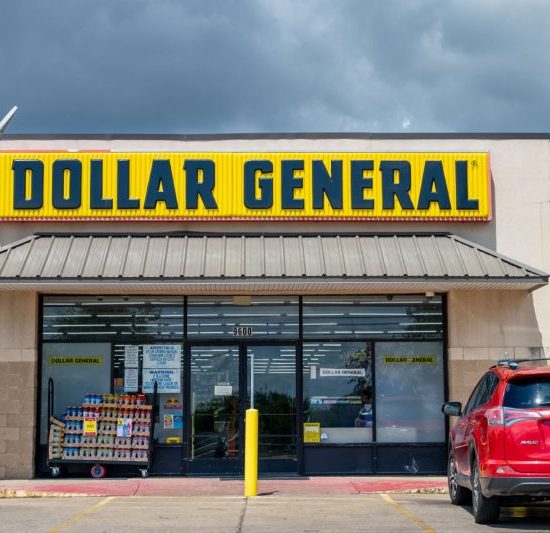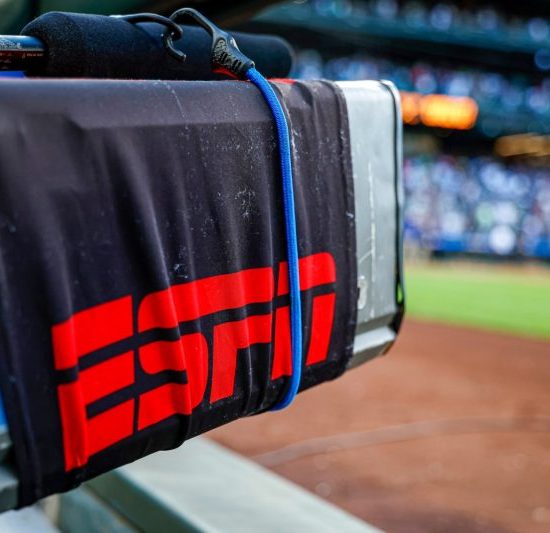The Kentucky Derby, a historic American tradition that has spanned centuries, is not just a racing day for multi-million-dollar horses, it also houses a parallel racing field that is as exciting and competitive as the main event. This is an event that thrives on the small-dollar spending, where countless spectators enjoy the spectacle without having to break their bank accounts: the race for small-dollar spending.
Set against the dazzling backdrop of the Churchill Downs and bookended by the ‘big-money’ wagerers is an all-empowering democratic interaction. The heart-throbbing horse races are merely a part of the compelling narrative. There exists an equally riveting race in the backdrop, characterized by the bustling crowds, affordable concessions, and the captivating sights and sounds. This race is a manifestation of the small-dollar spender’s presence at the Derby, not wasting lavish amounts on high-priced tickets and extravagant hats but still thoroughly enjoying the spectacle.
The race for small-dollar spending is a mystique bundled up in the diverse and fascinating crowd, each of whom partakes in a less pricey version of the festivity. They eschew the pomp and luxury of the Millionaire’s Row or the opulence of the Turf Club, trading them for more affordable vantage points like the infield. This is a place where common spectators, mostly small-dollar spenders, gather in droves to absorb the Kentucky Derby experience. With a significantly lower admission cost, the infield offers plenty of action without stripping visitors of the essentials of a fulfilling derby day.
The small-dollar spending stretches beyond merely finding the most affordable vantage point. It includes a hearty indulgence in traditional delights like the iconic mint julep that are reasonably priced. The small-dollar spender often resorts to public transportation or shared commuting, further highlighting a more sustainable and economical approach to relishing the Derby.
The merchandising outlets also play a critical part in this race. Vendors with an assortment of memorabilia and merchandise, ranging from Derby-themed t-shirts to posters and glassware, generate a considerable part of their revenue from these small-dollar spenders. The purchase of these items is a way for spectators to take a piece of the derby tradition back home without having to spend egregious amounts of money.
In the midst of the glamour and splendour of the Derby, casual wagering is another sphere for the small-dollar spending race. Small-dollar bettors typify the battlefield, each hoping to score a considerable payoff with limited stakes. It creates an immersive experience, allowing race-goers to feel a heightened level of excitement and involvement in the horse races.
One must also remember that the race for small-dollar spending is not just about cost-effective participation. It’s equally about engaging with and creating an inclusive experience for enthusiasts who may not have the means or wish to indulge in larger expenses. In essence, it democratizes the otherwise exclusive event, opening the Kentucky Derby to a broader audience range and fostering a broader community spirit.
The race for small-dollar spending at the Kentucky Derby is a testament to the epitome of balance between extravagant celebration and more budget-friendly enjoyment. It’s an undercurrent, an unsung narrative that underscores the versatility and broad appeal of this spectacular event. Without it, the Kentucky Derby would lose a significant portion of its vibrant and diverse character.




